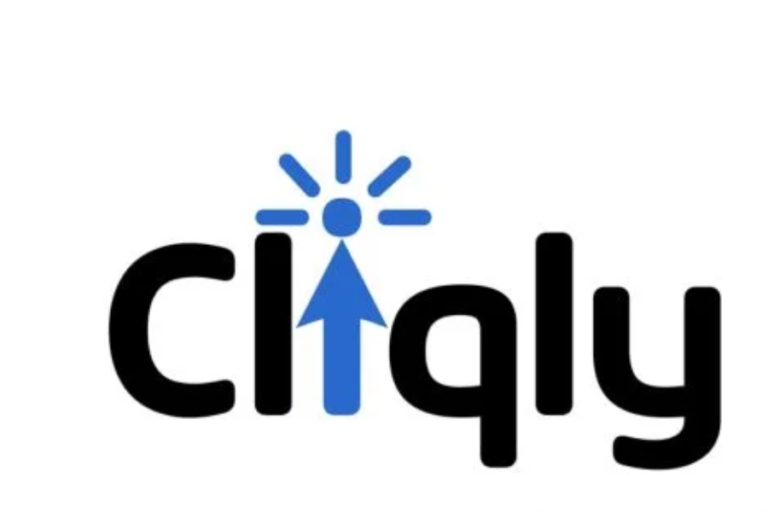The Homarazzi Phenomenon: How Modern Paparazzi Cross the Line
Welcome to a deep dive into the growing world of “homarazzi,” a term that encapsulates the modern wave of celebrity stalkers who invade personal boundaries in ways more extreme than ever before. Fueled by smartphones and social media, these individuals go well beyond traditional paparazzi, using advanced technology and relentless tactics to get up-close glimpses into celebrities’ lives. This article explores the ethical ramifications of homarazzi practices, their impact on celebrities, and potential solutions to curtail this worrying trend.
Homarazzi vs. Paparazzi
Unlike traditional paparazzi, who generally capture candid public photos, homarazzi often take invasion to another level. Many seek out celebrities in private settings like homes, workplaces, or even their children’s schools. While paparazzi typically have financial motivations, homarazzi may be driven by a combination of personal obsession, power, or fame. Their tactics range from collecting deeply personal details to intrusive photography, all under the guise of connecting with fans or gaining social media clout.
The Role of Technology in Homarazzi Culture
The rise of homarazzi is deeply intertwined with technological advances that allow almost anyone to participate. In the early days of celebrity culture, paparazzi depended on bulky cameras and film that took time to process, making spontaneous captures challenging. Today, smartphones come with high-quality cameras capable of professional-grade photos, allowing anyone to snap, share, and spread images instantly.
Social media has amplified this issue, with platforms like Instagram and TikTok encouraging users to gain fame by sharing sensational content. Many homarazzi post unauthorized photos and videos, garnering advertising revenue and fan followings, thus perpetuating a cycle where invasions of privacy become profitable.
Ethical Dilemmas: Where Homarazzi Cross the Line
Homarazzi activities raise severe ethical concerns, especially regarding the privacy and well-being of celebrities. These activities often veer into harassment and stalking, as individuals track celebrities to their homes or workplaces, and sometimes even threaten them. The psychological toll of constant surveillance can be devastating, leading to heightened stress, anxiety, and feelings of helplessness. In extreme cases, the relentless intrusion has led some celebrities to feel unsafe or to take drastic steps to protect themselves.
The situation is particularly alarming when it comes to celebrities’ children. Young family members, who are not in the public eye by choice, become targets for homarazzi. Posting images of these minors or revealing their whereabouts without consent is not only unethical but potentially dangerous, exposing them to risks they neither deserve nor understand.
The Impact on Celebrities
Being the subject of homarazzi behavior can have far-reaching consequences for celebrities, both emotionally and professionally. The loss of personal freedom can lead to severe mental health issues, from anxiety and depression to heightened isolation. The constant exposure may also jeopardize their careers, as fans or industry professionals lose respect for a celebrity based on the images captured by homarazzi. In extreme cases, this invasion of privacy pushes celebrities to make significant life changes, such as moving to more secluded areas or hiring extensive security teams, just to regain a sense of control over their lives.
Steps Toward a Solution
While the homarazzi issue is complex, there are several actions that can help to mitigate the problem:
- Legal Protections: Strengthening laws around privacy, harassment, and stalking can empower authorities to take action against homarazzi. Several jurisdictions already have regulations protecting private individuals from these behaviors, but further reforms may be needed to specifically address the unique vulnerabilities faced by public figures.
- Social Media Accountability: Platforms like Instagram, TikTok, and YouTube can introduce and enforce policies against invasive content. By blocking or limiting the spread of unauthorized photos and videos, these companies could reduce the incentive for homarazzi to pursue and profit from intrusive imagery.
- Celebrity Advocacy: Celebrities and their legal teams can take an active role in addressing these invasions. Lawsuits, restraining orders, and public statements can set precedents that dissuade homarazzi from engaging in harmful behavior. By raising awareness, celebrities also encourage fans to support privacy rights and challenge invasive practices.
- Public Awareness: Educating the public about the ethical implications of homarazzi behavior can foster a more respectful entertainment culture. Campaigns and discussions on media ethics can help audiences understand the damage caused by invasive practices and the importance of respecting celebrities’ private lives.
A Call for Respect
The rise of homarazzi has sparked a troubling shift in how society views celebrity privacy. What was once a line between public and private lives has been blurred to the point of invisibility. Homarazzi activities expose celebrities to intense scrutiny that can erode their mental health, impact their families, and even threaten their lives.
As consumers of entertainment media, we can advocate for changes that restore respect to the industry. Supporting laws that protect against harassment, urging social media platforms to crack down on invasive content, and promoting public awareness about the harms of homarazzi culture are all steps we can take toward a more ethical approach to celebrity coverage.
This phenomenon reminds us that, beyond the allure of fame, celebrities are human beings deserving of the same respect and privacy as anyone else. By encouraging empathy and enforcing ethical boundaries, we can contribute to a culture that values both public fascination and personal dignity.
Stay in touch to get more news & updates on World Insider!






